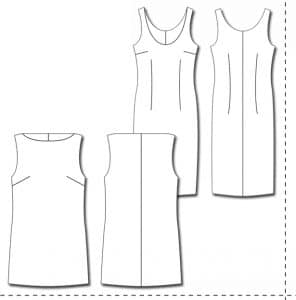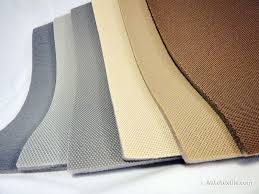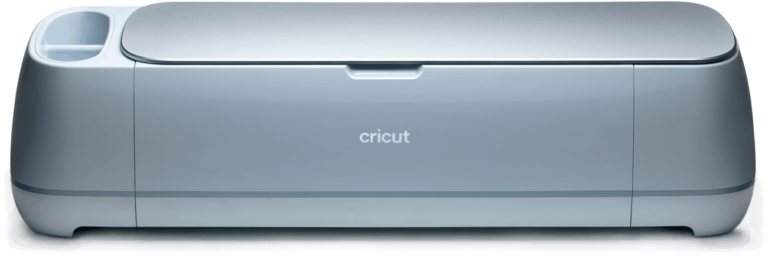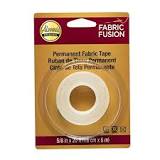How to Use a Sloper to Alter Patterns
 Being a seamstress is so rewarding! There’s nothing better than turning a beautiful piece of sewing fabric – whether it’s denim and chambray, suede, linen, lace, chenille, or any other material – and using a sewing pattern to make your very own garment.
Being a seamstress is so rewarding! There’s nothing better than turning a beautiful piece of sewing fabric – whether it’s denim and chambray, suede, linen, lace, chenille, or any other material – and using a sewing pattern to make your very own garment.While hand-stitching your own clothing is most certainly incredible, there’s just one downside, and it’s pretty major; you can’t try on the garment until after you’ve sewn it. Since you’ve made it yourself, you can’t really return it for a different size. What can you do to avoid this problem? Find the right fit before you begin sewing.
Sewing patterns are great tools, but often, they don’t fit the exactly how you’d like them to. Fortunately, there’s a way that you can alter the pattern so that it fits your body just the right way. How? By using a sloper!
What is a Sloper?
Essentially, a sloper is a basic pattern that serves as the foundation used to make all patterns. A sloper is made using specific measurements. You can also use a pattern to adjust a commercial pattern so that it fits your precise measurements.
Using a Sloper to Alter a Pattern
To alter a pattern with a sloper, use the following steps:
- Mark out the seamlines on your commercial pattern
- Trace the sloper on a separate piece of tracing or tissue paper
- Place the piece of paper that you’ve traced the sloper on over the commercial pattern, making sure that the centers are lined up
- Adjust the sloper so that it meets up with the shoulders of the pattern along the neckline
- Adjust the horizontal and vertical parts of the pattern by folding the sloper so that it fits the outline of the pattern
- Using a glue stick to secure the tissue you traced the sloper pattern onto to the commercial pattern
- Return the sloper pattern back to its initial shape, making sure that the tissue paper is securely attached to the commercial pattern. Make sure that all sides of the sloper are secured to the pattern.
- Cut the entire pattern right below the folds you’ve made along the sloper; but spreading out the slashes on the pattern, you can extend the sloper to allow for more movement in the garment.
Tips
- Use a special type of glue stick that allows you to reposition the pattern before it fully adheres. Doing so will make it a lot easier to make any necessary adjustments.
- Work on a sturdy, flat surface, such as a sewing desk or a table
- Make accurate measurements
- Take your time; rushing will only result in poor quality work and will likely result in a poorly altered pattern
Remember, it’s going to take some time to get the hang of altering commercial sewing patterns using an alter; however, with patience and practice (like all things with sewing), you will eventually be able to master the art of altering a pattern using a sloper.
Image: https://www.burdastyle.com/blog/basic-sloper-sewing-patterns







